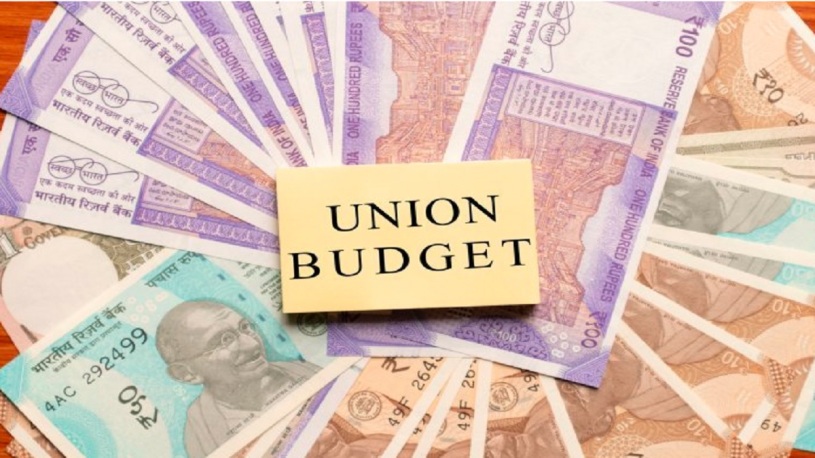Budget 2022-23: India needs to leapfrog to a double digit GDP growth rate

Sahil Dharia
India is at the inflection point of a Covid recovery phase coupled with a ‘demographic dividend’ opportunity. For both reasons – internal of giving jobs to its millions of youth and external to be able to balance emerging geo-political compulsions, India needs to leapfrog to a double digit GDP growth rate.
Meaningful efforts on two fronts– Simplification of Regulation and a Push for Make in India would work.
Simplification of regulations, especially with respect to unlocking Land, Labour & Capital use will create an overall encouraging’ environment for entrepreneurs to take risk and business to thrive given the large domestic opportunity.
Make in India is the pointed edge of that weapon that gives jobs, builds capacity, reduces our fiscal deficit and maybe even helps build technological prowess in time. These are all essential ingredients if India wants to project as a global power.
Flat GST Rate:
A major simplification drive for instance, a flat GST rate will go a long way in creating an impetus for a cyclical bull run in the industry. Moreover, there are anomalies in GST, for example, in the feminine hygiene sector with GST on sanitary pads being ‘zero’ the input tax credit can’t be availed by industry, making the transaction tax inefficient thereby reducing the growth CAGR.
Though manufacturing-based companies in India appreciate no Zero GST on sanitary pads, it is still significantly affected by high raw material and manufacturing costs. Hence, we look for some relaxation in this area.
Government support towards Non- Tech Companies to push Make in India Agenda:
To promote Make in India, the government should encourage more investment in the non-Tech companies. Right now, capital is increasingly being deployed towards Tech companies majorly Fintech. Government investments via e.g. SIDBI serves the purpose of crowding capital into a sector which is already getting more than sufficient attention.
Indian entrepreneurs need this support to shift the materials supply chain from China and sell products not only via the internet economy but also offline for easy access to a large population residing in the hinterland of Bharat.
Mortgage Free Loans to Small Entrepreneurs:
Lastly, banks need to reduce formalities and provide small entrepreneurs with loans without a collateral. The CGTSME for instance can be increased from the current max one crore to five crore and make any MSME business eligible for it. An environment where small entrepreneurs can get loans without having to mortgage any personal asset will drive growth of new businesses as well as expansion of existing businesses and unlock the potential of our robust trading & manufacturing sector.
If we get just a couple of things right, then the momentum we can build in the next decade will be comparable to the ‘great leap forward’ of China in the 90’s and Indian economy will still grow at 5-7 per cent in the coming decade. This can truly solidify India’s position in the global pecking order.
Sahil Dharia is Founder & Chief Executive- Soothe Healthcare
Also read
Budget 2022-23: What are the expectations of the healthcare industry

